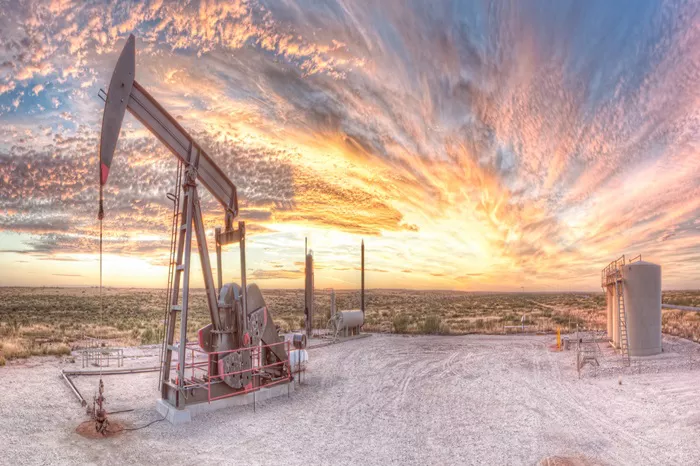Lea County, located in southeastern New Mexico, has emerged as a central player in the United States’ oil production boom, significantly contributing to the Permian Basin’s recent surge. This area has experienced the fastest growth in oil production among U.S. counties, solidifying its role in the nation’s shale revolution.
New Mexico has rapidly ascended to become the second-largest oil-producing state in the U.S., trailing only Texas. The state’s prominence in the Permian Basin, particularly in the Delaware sub-basin, has been a critical factor in the U.S. maintaining its position as the world’s leading crude oil producer.
Technological advancements in drilling and fracking have driven this growth, especially in the Delaware basin, which extends into southeastern New Mexico. This region is now the most sought-after drilling location in the Permian due to its numerous potential drilling targets—about two dozen—compared to fewer options in the Midland basin in Texas.
Andrew Parker, Senior Vice President of Geosciences at Matador Resources, highlighted the transformed challenges in the Delaware basin as key to its current success. “All the things that made it challenging back in the day are now the things that make it great,” Parker told. “And they’re the reasons that we prefer this side of the basin to the other side.”
Lea County, along with neighboring Eddy County, has been pivotal in this expansion. The U.S. Energy Information Administration (EIA) reported that these counties have significantly driven the recent rise in Permian Basin crude oil output. In the first quarter of 2023, Lea and Eddy counties collectively accounted for 29% of the Permian Basin’s crude oil production, averaging 1.7 million barrels per day (bpd). Horizontal wells in these counties contributed to 60% of the regional growth during this period.
Major oil producers, including Chevron, are increasingly focusing their drilling efforts in New Mexico’s Delaware basin. Chevron’s CEO Mike Wirth noted that 80% of the company’s drilling program is now centered in this area, citing strong well performance. Despite higher costs associated with drilling in the Delaware basin compared to the Midland basin, Chevron and other producers remain optimistic about future production growth.
New Mexico’s part of the Permian Basin has indeed outpaced Texas in recent growth, with the state achieving the highest crude oil production increase of any U.S. state in 2022. However, drilling in New Mexico faces higher costs and stricter regulations than in Texas. New Mexico’s more rigorous environmental regulations, including stringent flaring rules and increased oversight, add to the complexity and expense of operations.
For instance, last year, New Mexico regulators imposed a $40 million fine on Ameredev, a Texas-based oil company, for violations of emissions standards and air quality regulations. The New Mexico Environment Department cited multiple facilities in Lea County for failing to comply with state laws concerning gas transportation and emissions.
Despite these challenges, both New Mexico and Texas are expected to continue their oil production growth. The EIA’s latest Short-Term Energy Outlook (STEO) projects that most of the anticipated increase in oil and natural gas production by 2025 will come from the Permian Basin’s Texas and New Mexico regions. Productivity gains, expanded infrastructure, and high crude oil prices are likely to sustain this upward trend.
Related topic:
What Is Pure Gasoline? [Revealed]

